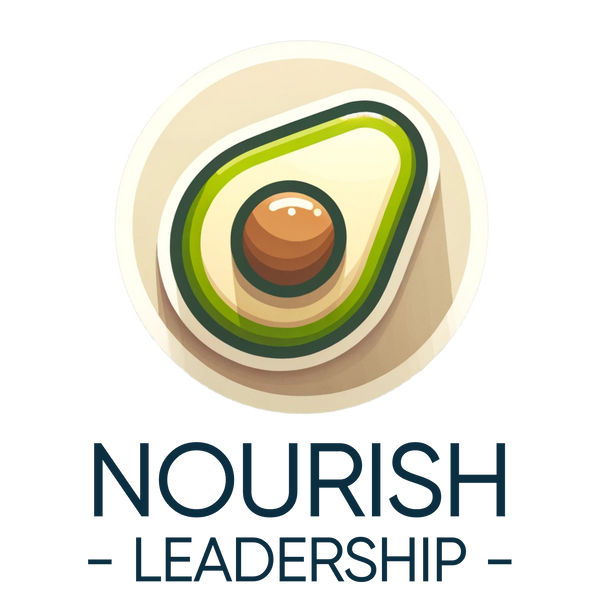Ever stumbled upon the term OKR and wondered if it’s another corporate buzzword that’s out of your league? Well, it's time to bring it into your world. OKR stands for Objectives and Key Results, a framework that can revolutionize the way you lead your team. Let's break it down, make it digestible, and show how you, as a team lead, can harness its power.
OKRs: Your North Star
Think of OKRs as your guiding light. The Objective is your what—your mission or long term goal (usually quarterly or longer). It’s ambitious and gets your team’s engines running. The Key Results? They are your how—the measurable milestones that track your journey towards that mission.
A Real-World OKR for a Customer Service Team Lead
Let’s put this into context with an example close to home:
Objective: Elevate our team's customer service quality to become the gold standard in our industry by the end of the year.
This is your rallying cry, the flag you’re planting to say, "We’re going to stand out."
Key Results:
- KR1: Increase our Customer Satisfaction Score from 75% to 90% by Q4.
- KR2: Cut down our response time from 24 hours to 2 hours within the next 6 months.
- KR3: Achieve an 80% First Contact Resolution Rate by the end of Q3.
Each of these KRs tracks your progress, giving you and your team clear targets.
But Wait, There’s More: Initiatives
For each KR, you’ll need a list of initiatives. Initiatives are your action plans—the specific projects or actions that will help you hit your KRs. They answer the what, who, and when of your strategy.
To keep our guide straightforward and compact, we'll zoom in on just one Key Result and outline a single, focused initiative. This approach helps us illustrate how to practically apply the OKR framework without overwhelming you with too much detail all at once.
Let’s take a closer look at one specific Key Result to get a feel for how this works in action:
KR1: Increase our Customer Satisfaction Score from 75% to 90% by Q4.
Achieving this isn’t about wishful thinking; it must be grounded in actionable steps and clear responsibility. Here’s how we might tackle this KR:
-
Initiative: Implement a weekly review of customer service interactions and close the feedback loop.
- What: An in-depth analysis of support tickets and feedback every week to identify trends or recurring issues that need to be addressed.
- Who: Team Lead will own this task in collaboration with Quality Analysts, ensuring insights are shared with Customer Service Advisors and product and development team where applicable.
- When: Starting at the beginning of next month, with weekly feedback sessions.
This initiative is designed not just to improve our CSAT score but to foster a culture of continuous learning and cross-functional collaboration. By defining clear actions, assigning responsible parties, and setting a timeline, we transform our ambitious KR from a lofty goal into a practical, actionable plan.
Hint: You can set multiple Objectives, but for clarity and focus, it’s best to limit yourself to no more than three. This helps ensure your goals are achievable and your team isn't overwhelmed.
Why It Matters
Adding initiatives to each KR transforms your OKRs from a lofty goal into a tangible plan. It’s the difference between saying you want to improve and laying out a step-by-step guide on how you’ll do it. For the purpose of this example, we covered just one KR, but you’d repeat this process for each KR, detailing the initiatives needed to drive you toward your objective.
Bringing It All Together
OKRs, with their supporting initiatives, offer a clear, structured way to set goals and measure progress. They’re not reserved for the executive suite; they’re for anyone keen to make a real impact. And that includes you, the new team lead on the block.
So, there you have it. A no-frills, straight-to-the-point guide on OKRs and the crucial role of initiatives. It's about setting ambitious goals, breaking them down into measurable results, and then taking concrete steps to make it all happen. Ready to give it a shot?

